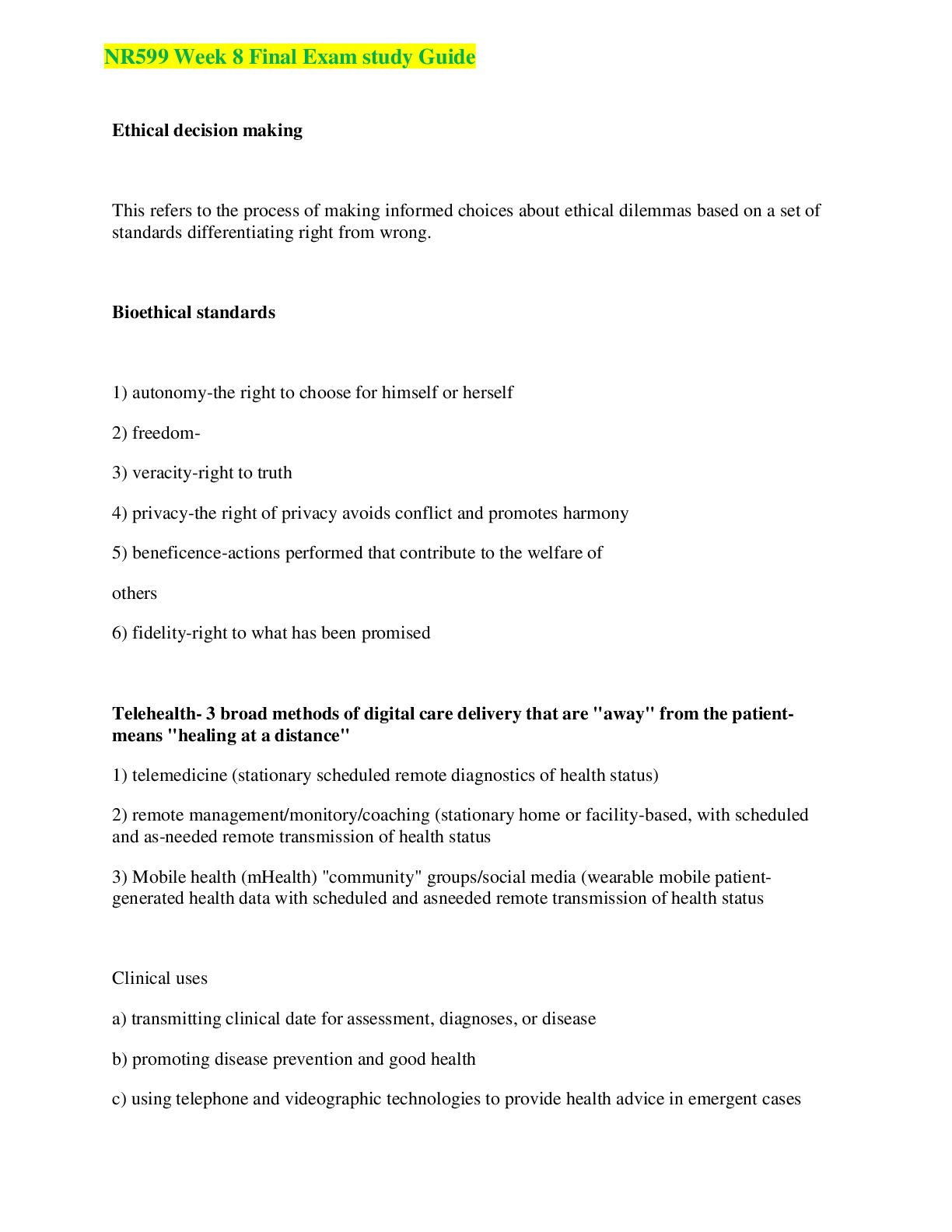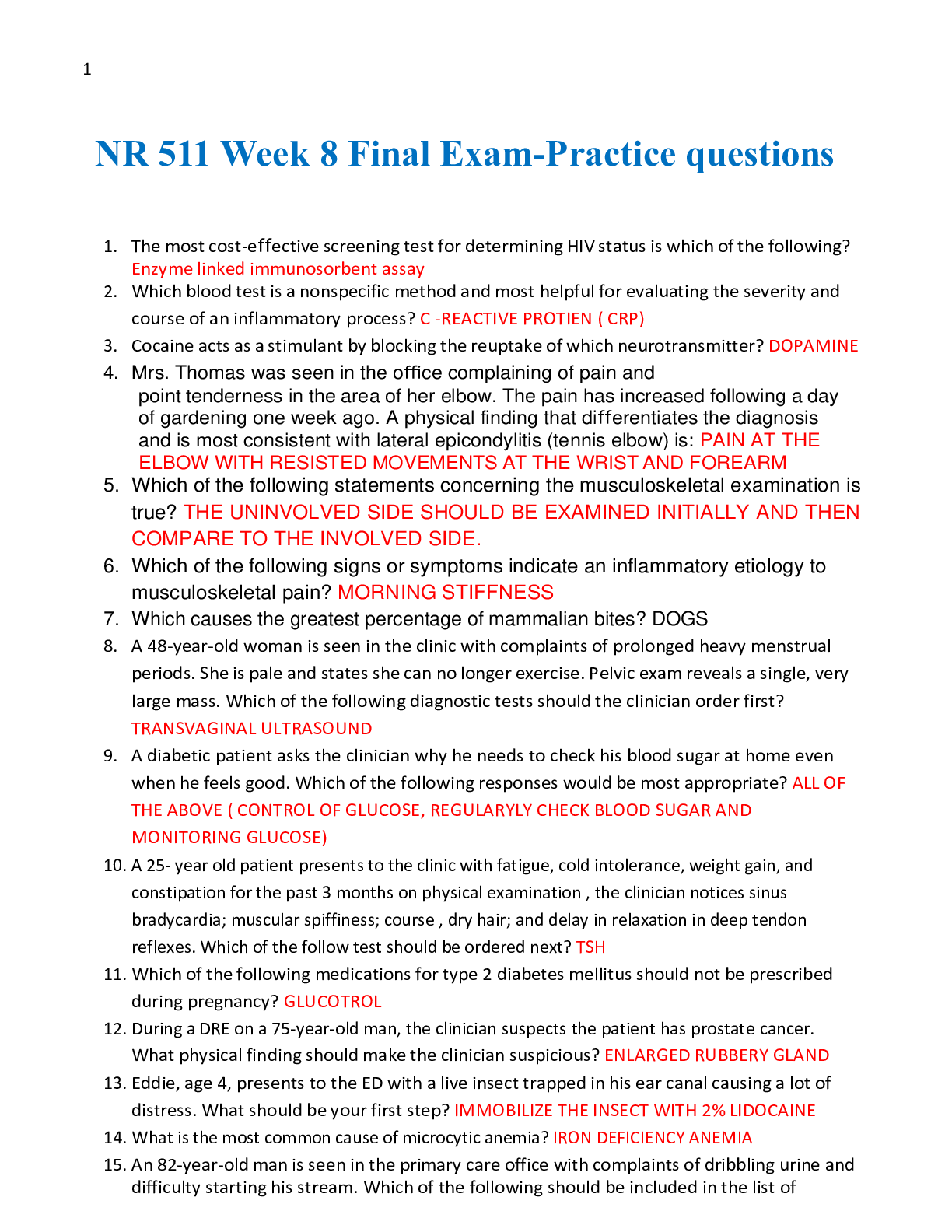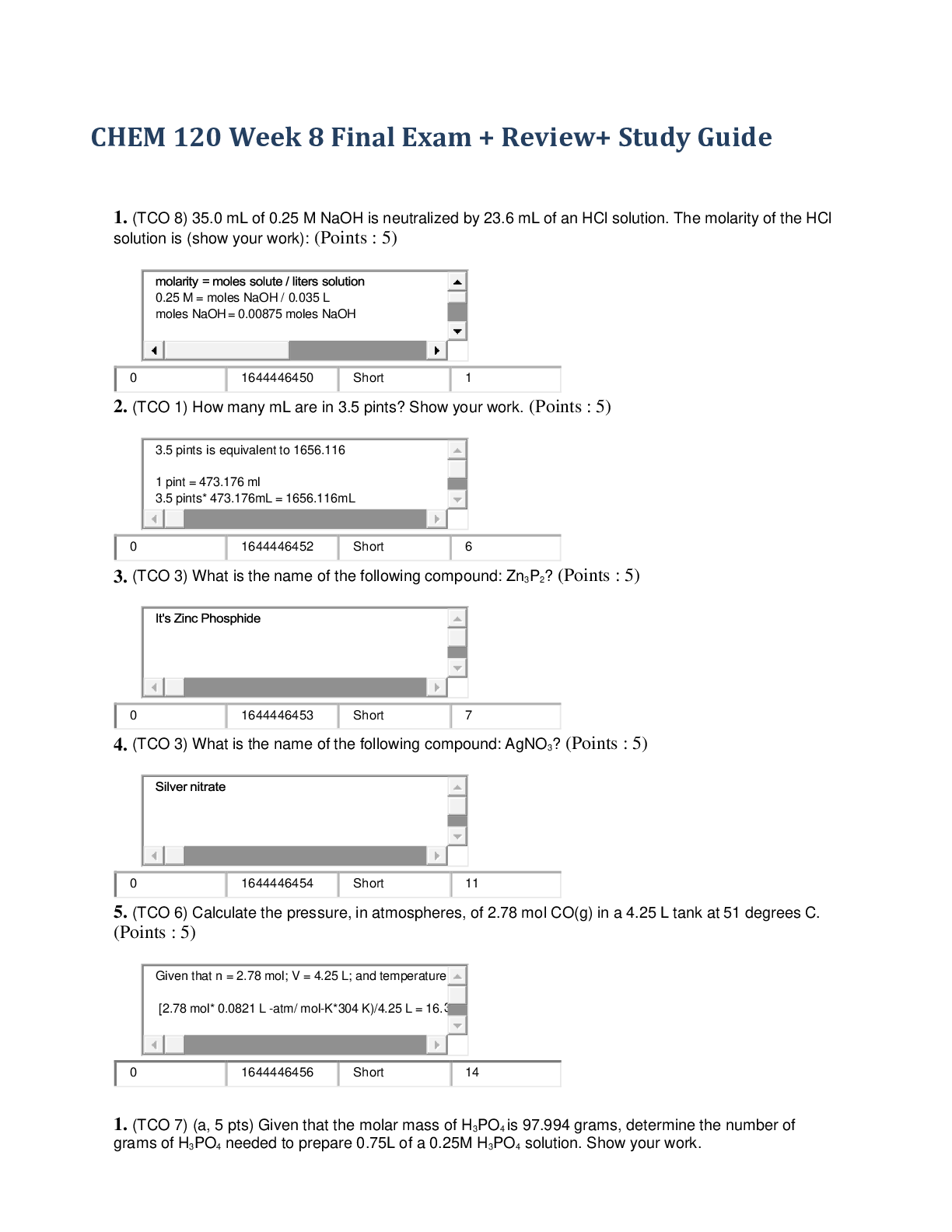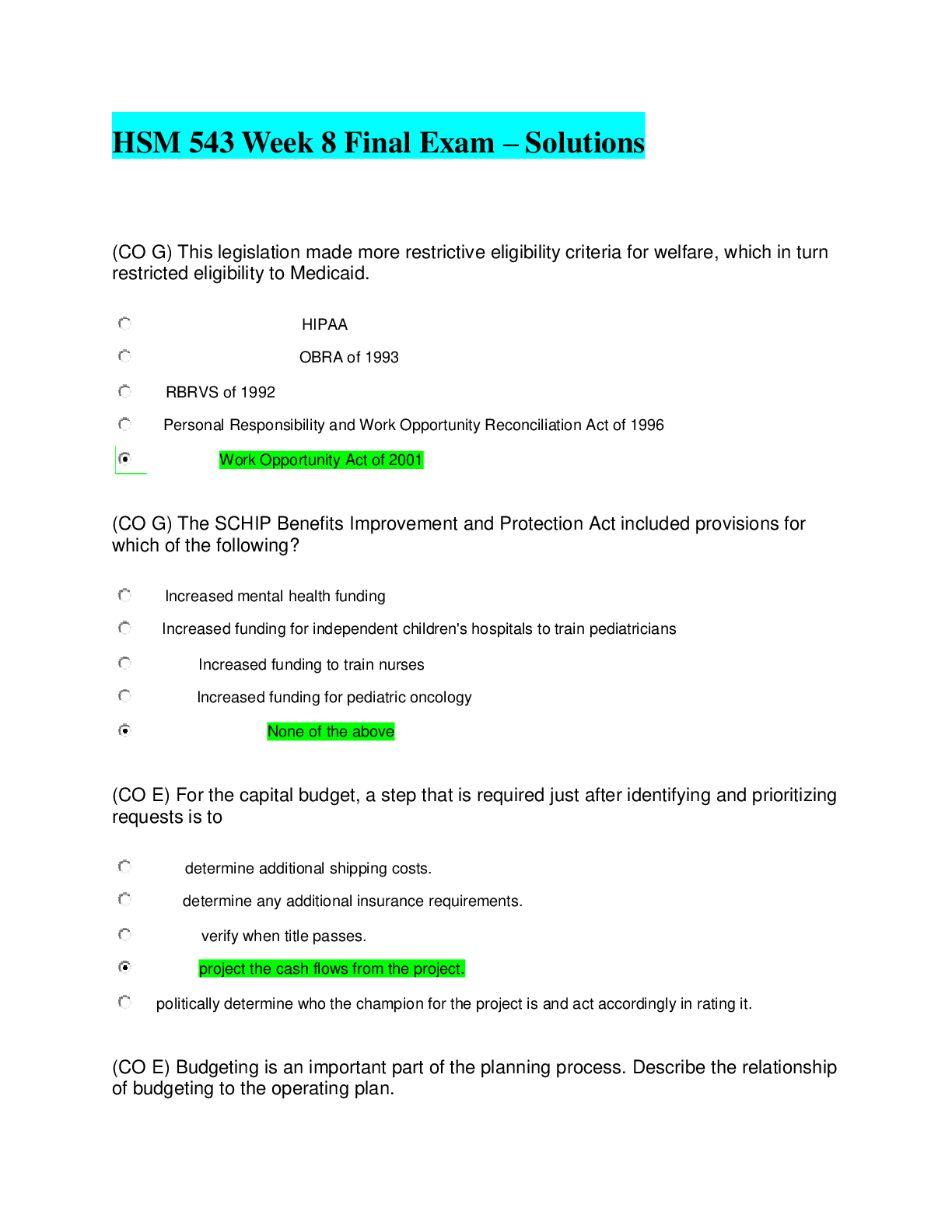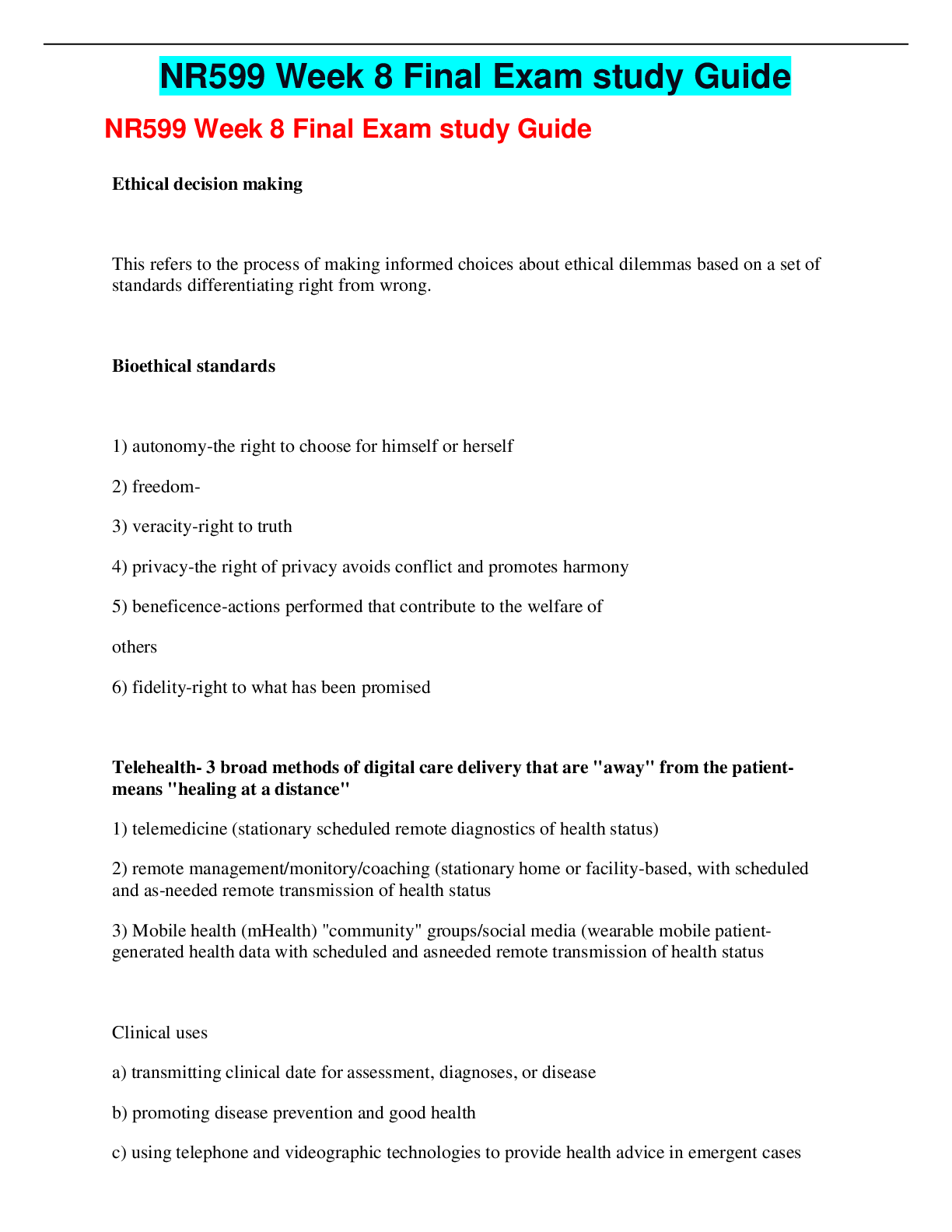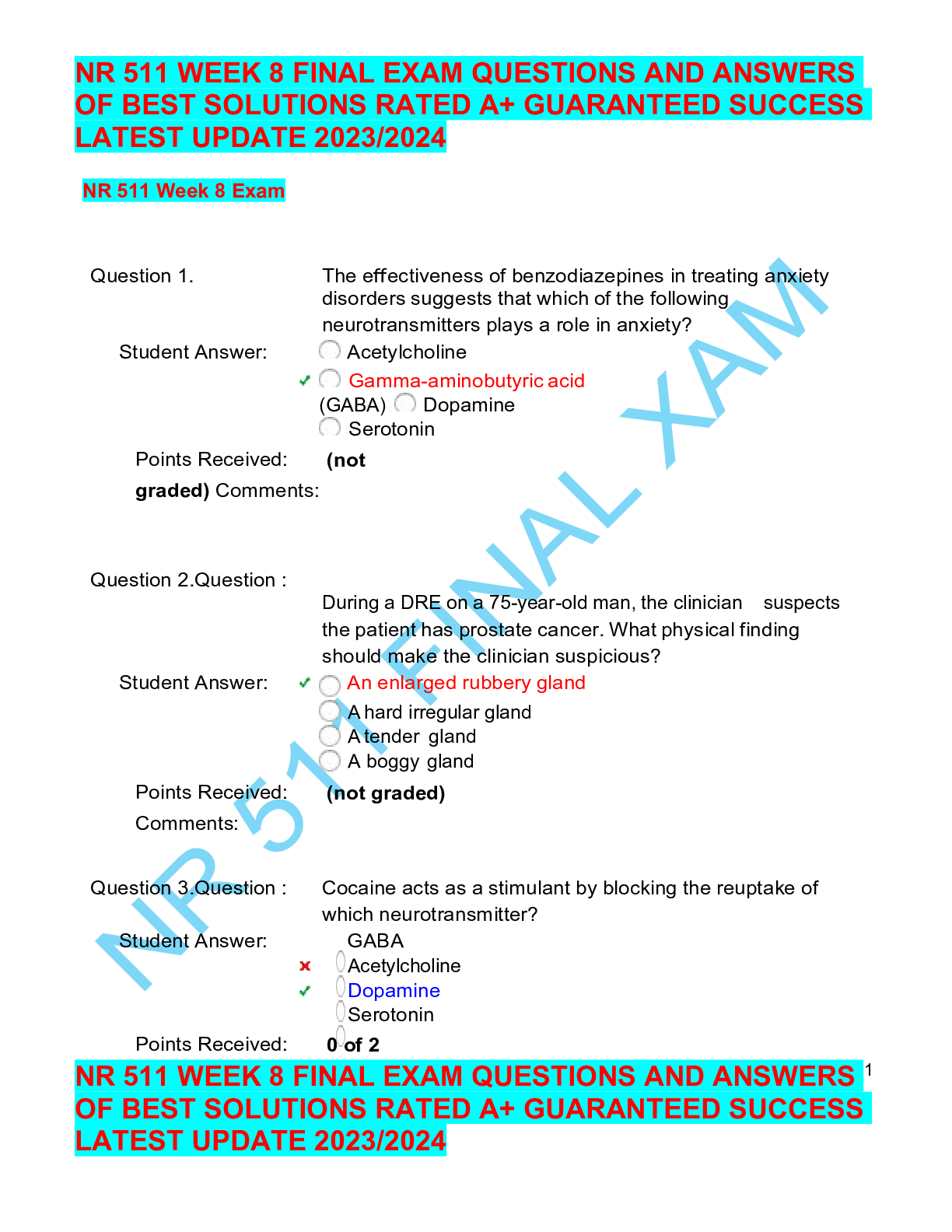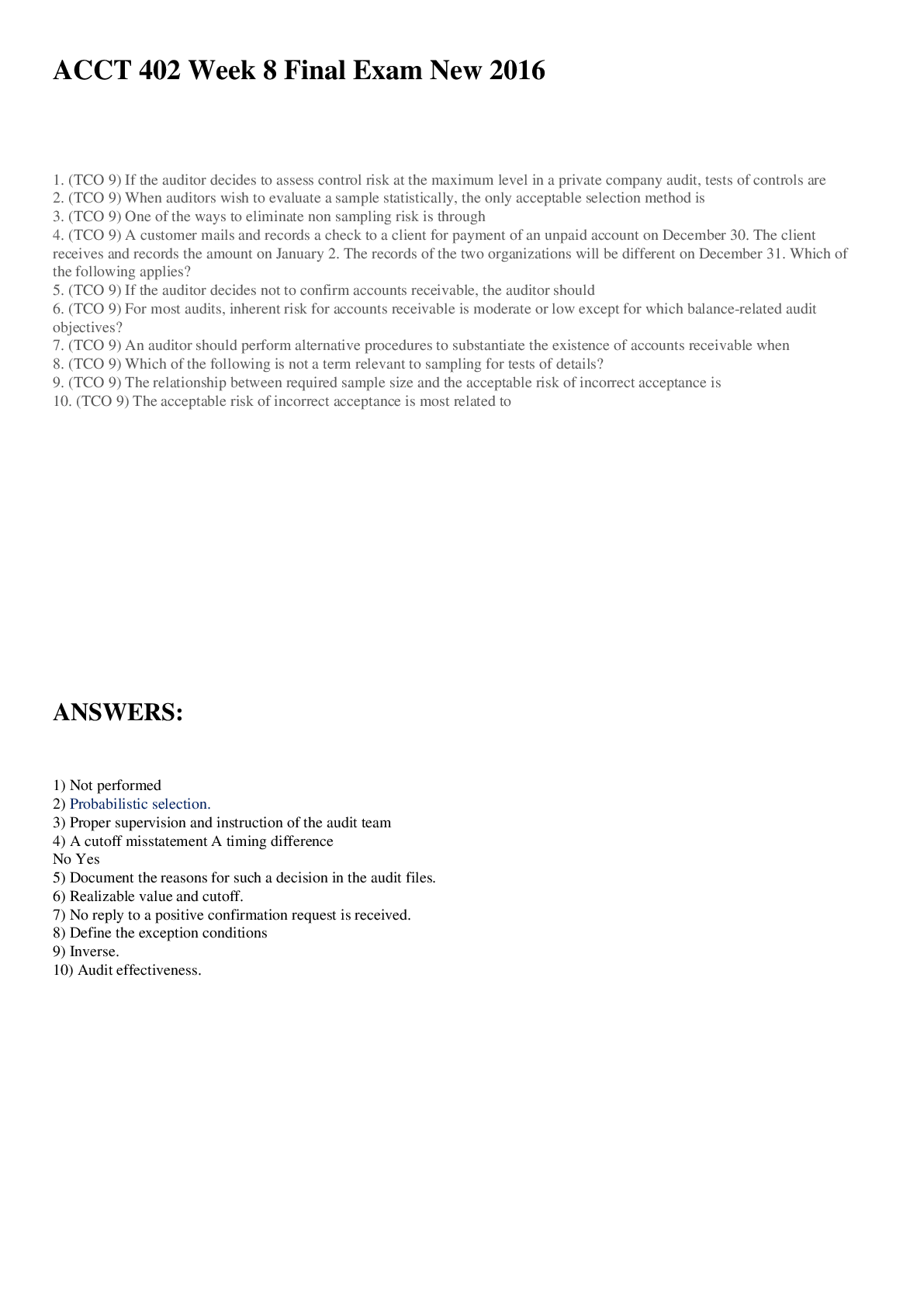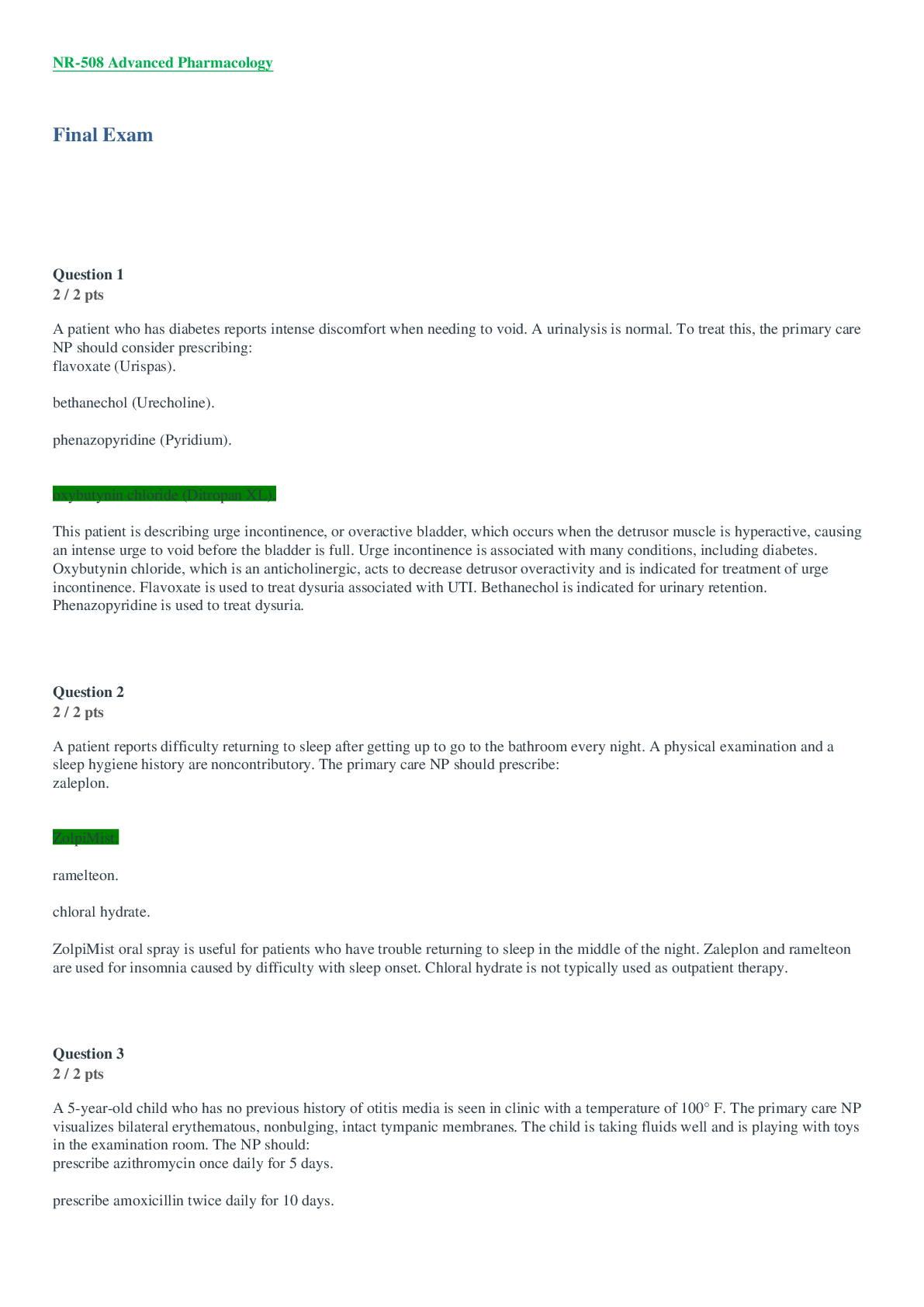Philosophy > EXAM > PHIL 447N Week 8 Final Exam Question And Answers( Download To Score An A) (All)
PHIL 447N Week 8 Final Exam Question And Answers( Download To Score An A)
Document Content and Description Below
PHIL 447N Week 8 Final Exam Question 1.1. (TCO 1) “Thinking about thinking” is the definition of what? Question 2.2. (TCO 1, 2, 4) In Chapter 1, we learned the definition of the term issue. Th... e principle concern when handling an issue is whether or not Question 3.3. (TCOs 1, 2, 3) In Chapter 1, we learned the definition of the term argument. The purpose of an argument is to Question 4.4. (TCOs 2, 3) In Chapter 2, we learned the meaning of inductive arguments. The support that the premises provide for the conclusion of an inductive argument is best described in terms of Question 5.5. (TCO 1, 2) In Chapter 2, we learned the meaning of the three modes of persuasion, as defined by Aristotle. Logos refers to arguments based on Question 6.6. (TCO 6) In Chapter 2, we learned how to analyze arguments. The first step in trying to understand arguments is to find the Question 7.7. (TCOs 6, 7, 8, 9) In Chapter 3, we learned about the key elements of an argumentative essay. An author of a good argumentative essay should do all of the following, EXCEPT Question 8.8. (TCOs 6, 8, 9) In Chapter 3, we learned the meaning of ambiguity and the difference between semantic and syntactic ambiguous claims. Consider the following example: “Students at DeVry enroll in thousands of courses every semester.” In this statement, the ambiguity used is Question 9.9. (TCOs 2, 6, 7, 8) In Chapter 4, we learned how to assess the credibility of claims. A disinterested party who makes a claim is one who Question 10.10. (TCOs 1, 6, 7, 9) In Chapter 5, we learned that it is important to recognize when a rhetorical slanting device is being used to influence our attitudes and beliefs. The purpose of the rhetorical device called a dysphemism is to replace a term with a(n) _____ meaning with one that has a(n) _____ meaning. Question 11.11. (TCOs 1, 7) In Chapter 5, we learned that it is important to recognize when a rhetorical slanting device is being used to influence our attitudes and beliefs. The purpose of the rhetorical device called a proof surrogate is to suggest a claim’s truth based on Question 12.12. (TCOs 1, 2) In Chapter 6, we learned that it is important to recognize when a fallacy of relevance is being used to influence our attitudes and beliefs. A personal ad hominem fallacy is an attack Question 13.13. (TCOs 6, 7, 8) In Chapter 6, we learned that which party is responsible for the burden of proof depends upon a number of factors. All things being equal, the burden of proof falls automatically on the party taking Question 14.14. (TCOs 1, 2) In Chapter 11, we learned how to evaluate arguments from analogy. The best way to demonstrate the weakness of an argument form analogy is to show that the analogues are Question 15.15. (TCOs 3, 4) In Chapter 9, we learned the basics of categorical logic. Each standard-form of categorical logic has its own graphic illustration known by what name? Question 16.16. (TCOs 3, 4, 8, 9) In Chapter 9, we learned the basics of Categorical Logic. Two claims can be equivalent, if and only if, under the same circumstances Question 17.17. (TCOs 2, 3, 4) In Chapter 9, we learned that the square of opposition is a graphic illustration of the relationship between the four standard-form categorical claims. In the square of opposition, the sub contrary claims are those where Question 18.18. (TCOs 2, 3, 4) In Chapter 9, we learned the basics of categorical logic, including three categorical relations: conversion, contraposition, and obversion. Contraposition involves replacing the standard terms with _____ terms. Question 19.19. (TCOs 2, 5) In Chapter 11, we learned how to evaluate inductive generalizations based on samples. The purpose of studying samples is to generalize from Question 20.20. (TCOs 2, 5) In Chapter 11, we learned how to evaluate inductive generalizations based on samples. The range of variation from one sample to another is known as Question 21.21. (TCOs 1, 5, 8, 9) In Chapter 7, we learned how to recognize fallacies of induction. The fallacy of hasty generalization results from a sample that is not _____ to represent the population. Question 22.22. (TCOs 1, 2, 3) In Chapter 11, we learned about the meaning and function of three principles of causal hypotheses. The common variable principle states a variable related to multiple occurrences may be Question 23.23. (TCOs 2, 6) In Chapter 12, we learned the difference between religious relativism and religious absolutism. The guiding principle of religious relativism is the theory that what is right and wrong is based on the beliefs of Question 24.24. (TCOs 2, 6) In Chapter 12, we learned the difference between moral relativism and moral absolutism. According to moral relativism, the idea of right or wrong is based on Question 25.25. (TCOs 1, 6) In Chapter 12, we learned about the consistency principle, which states in part that, “If separate cases are not different in any relevant way, then they should be treated [Show More]
Last updated: 1 year ago
Preview 1 out of 10 pages
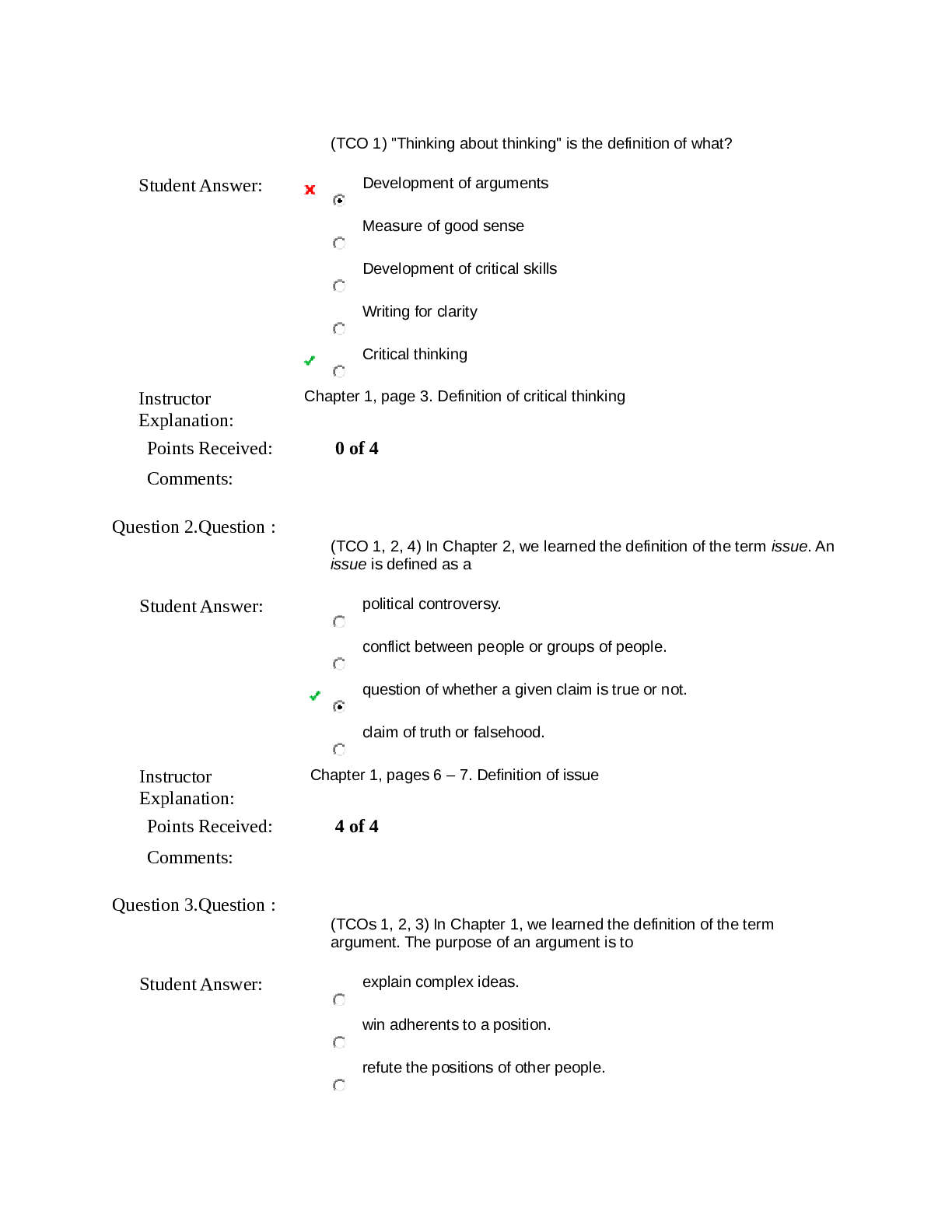
Reviews( 0 )
Document information
Connected school, study & course
About the document
Uploaded On
Mar 11, 2021
Number of pages
10
Written in
Additional information
This document has been written for:
Uploaded
Mar 11, 2021
Downloads
0
Views
121

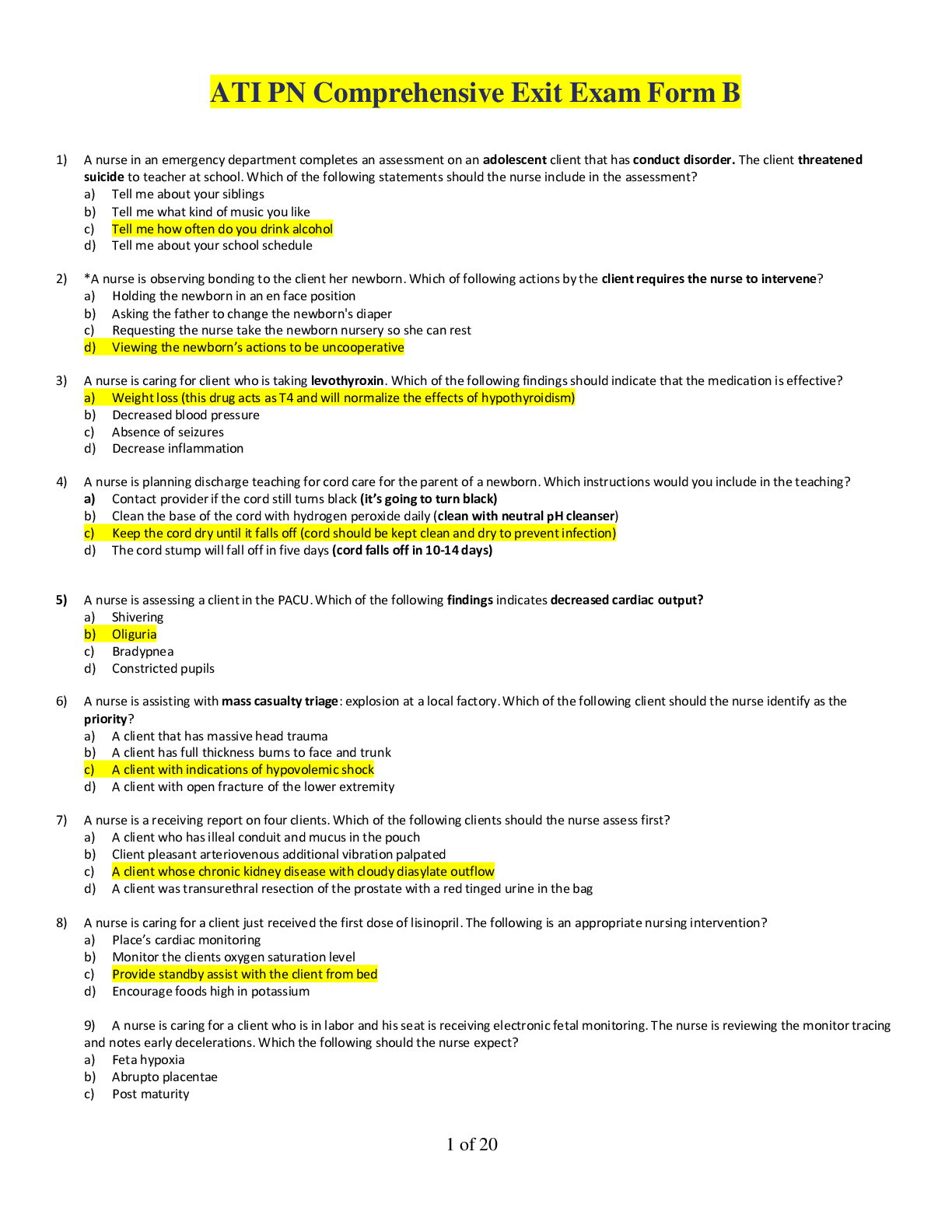
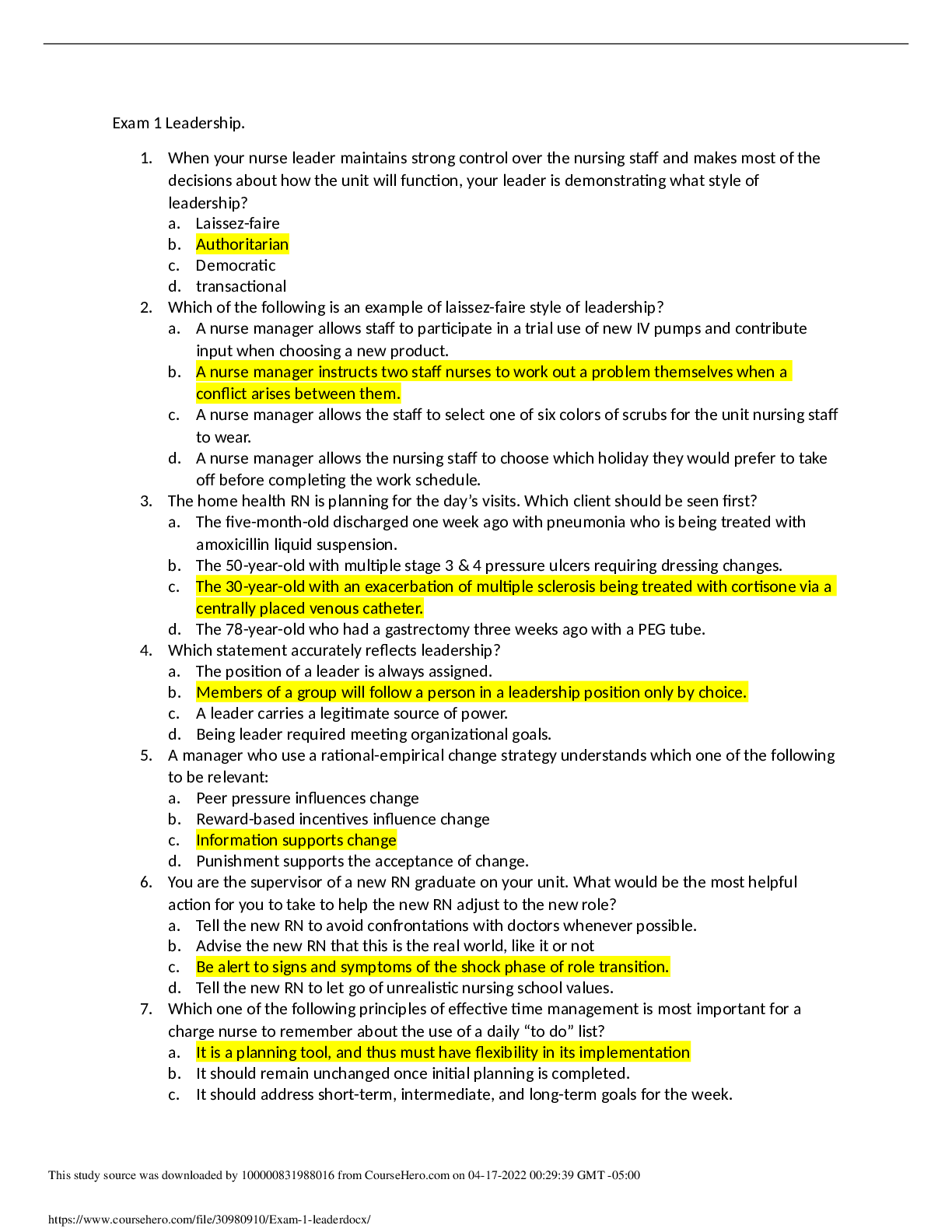


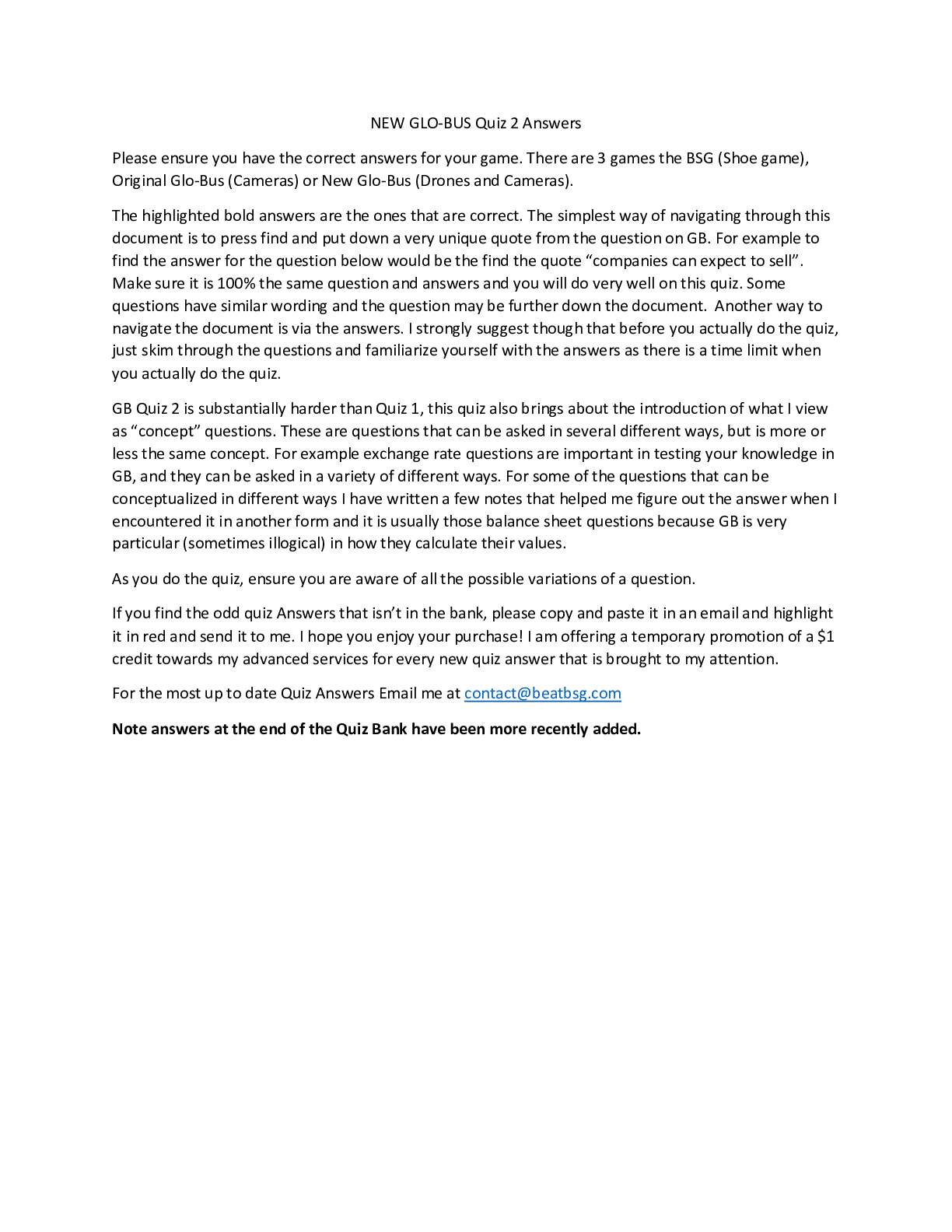
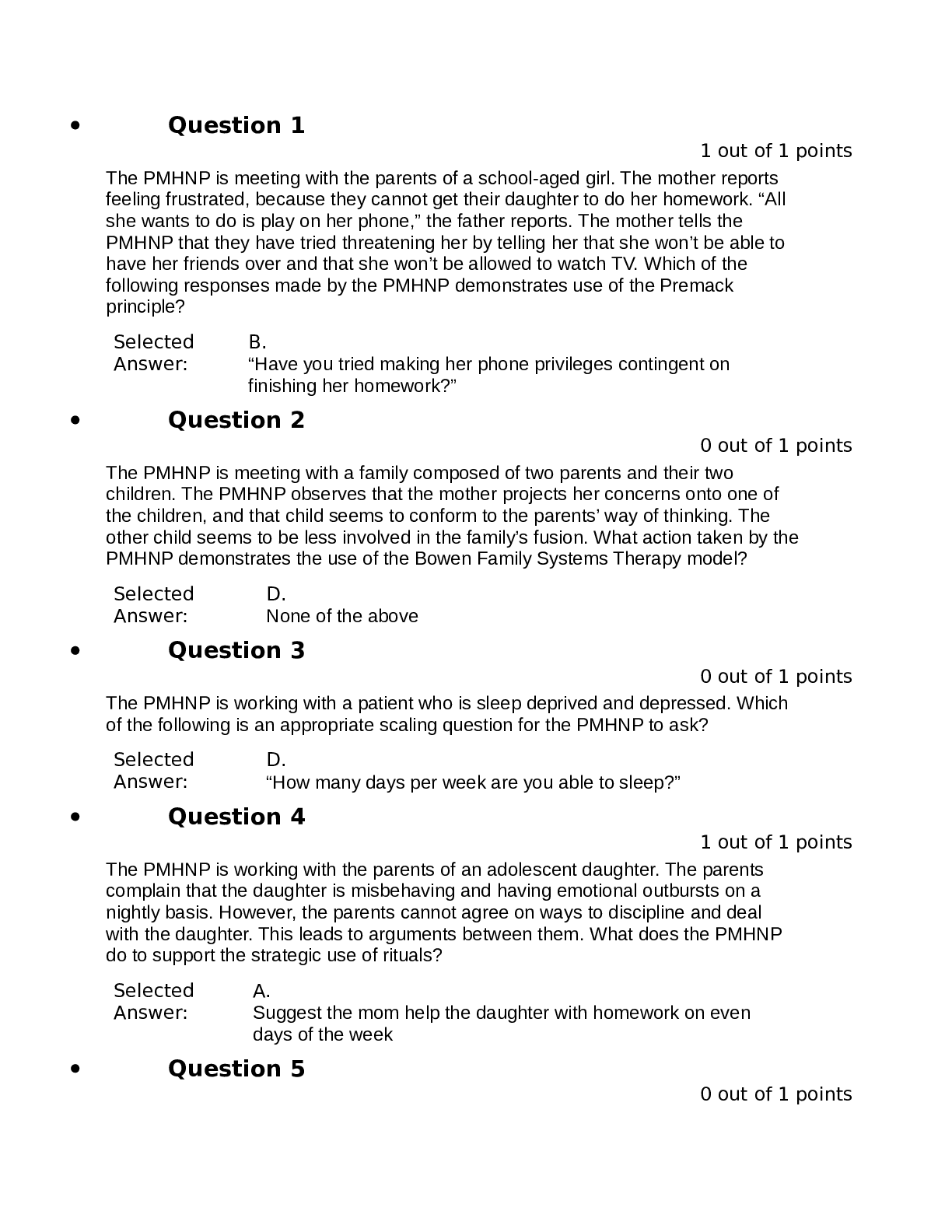
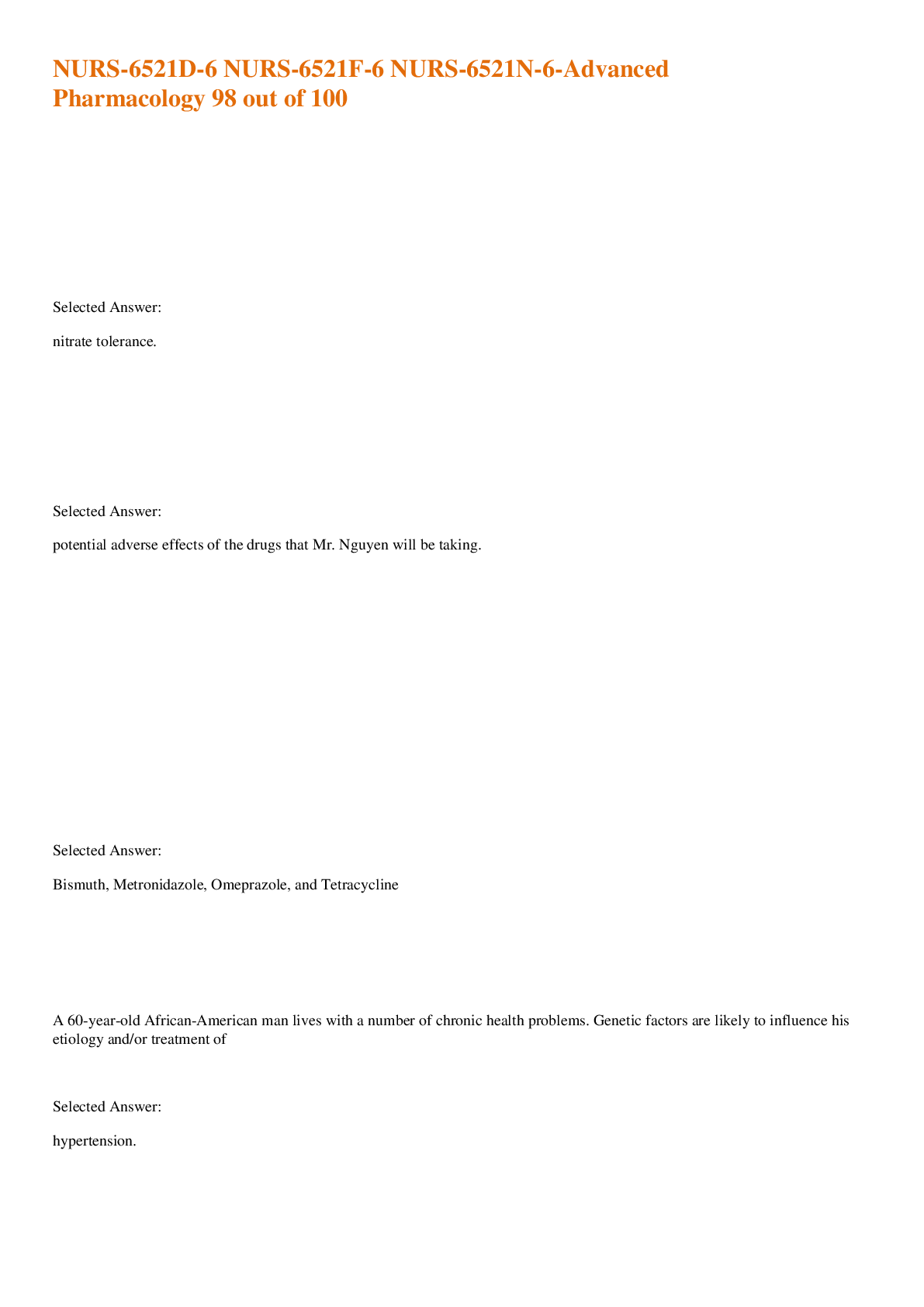
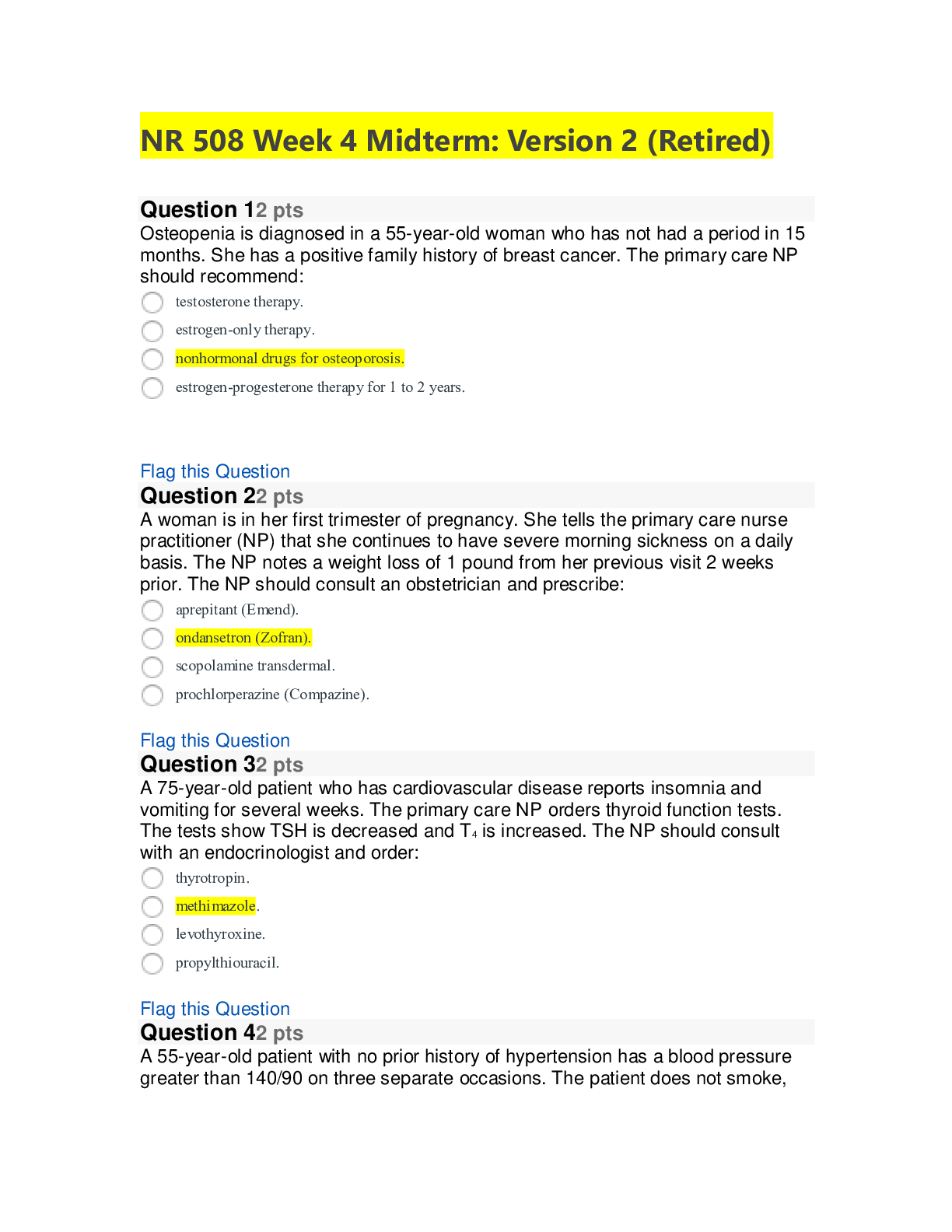



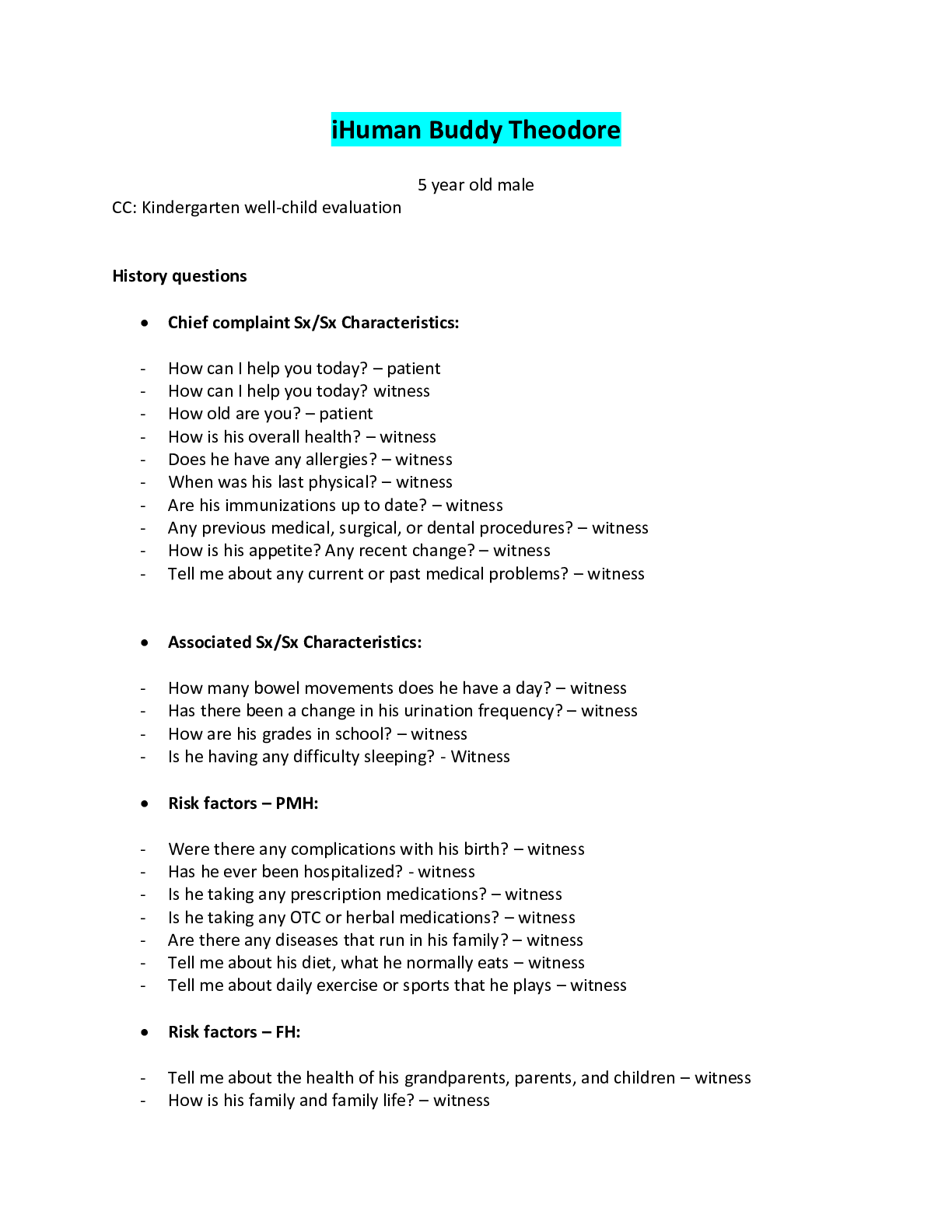

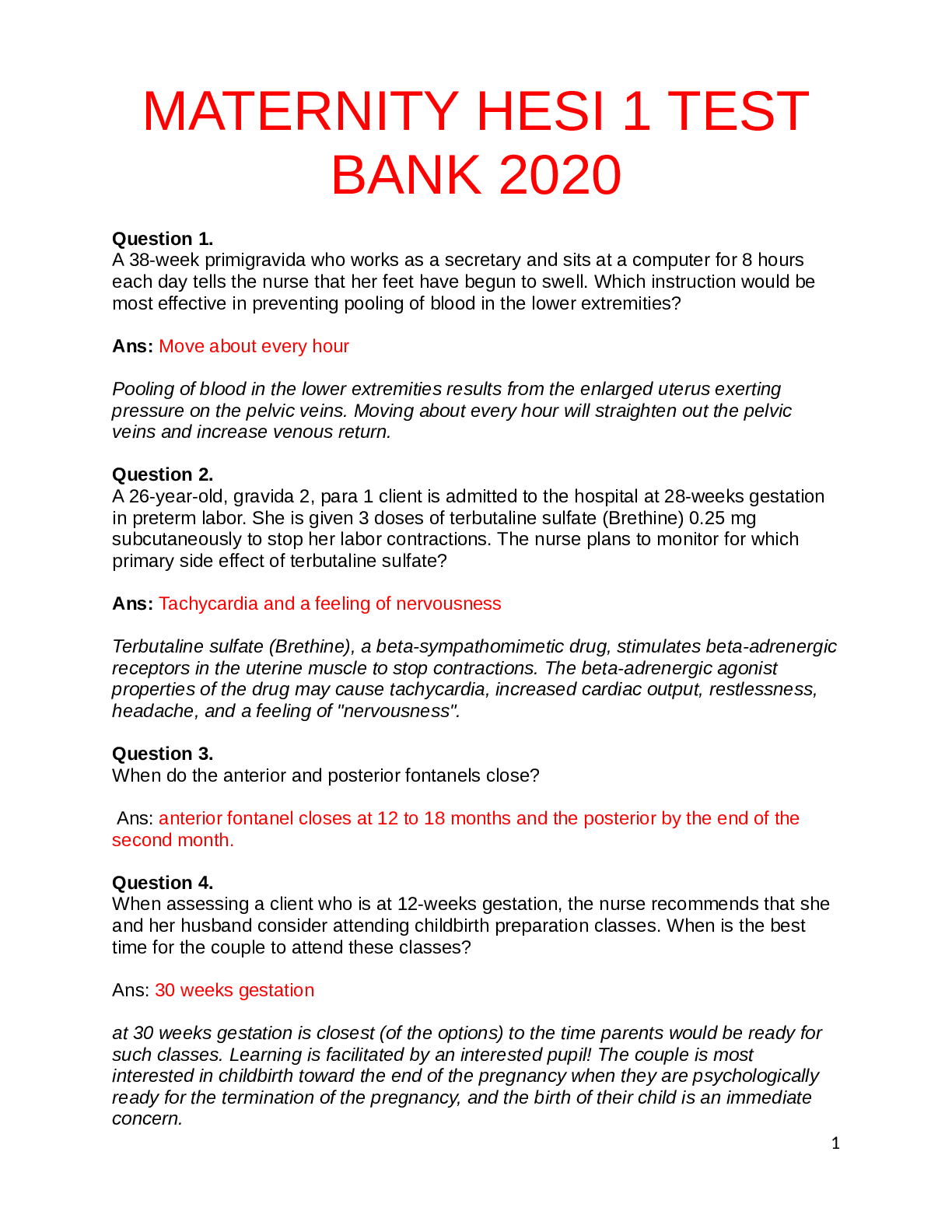
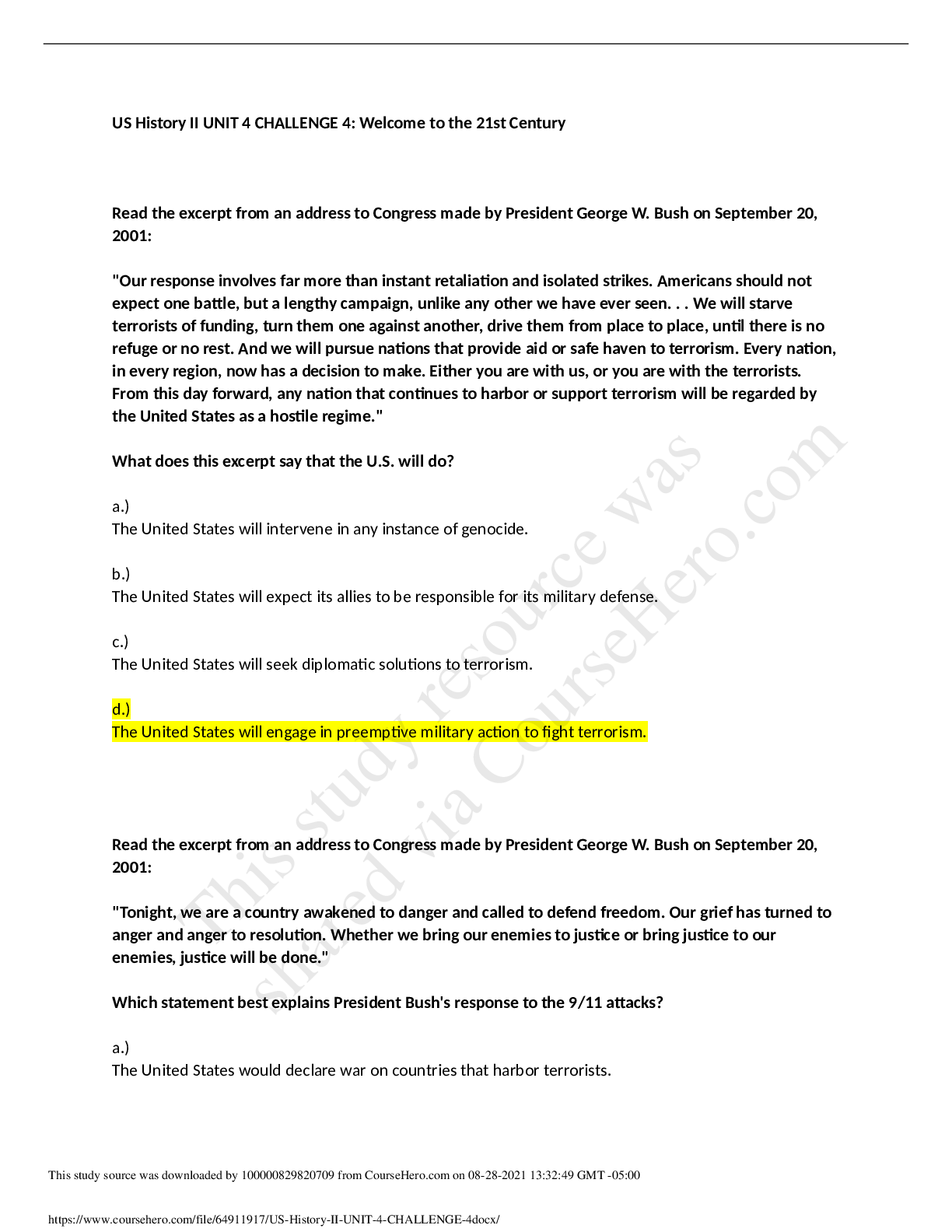
.png)

